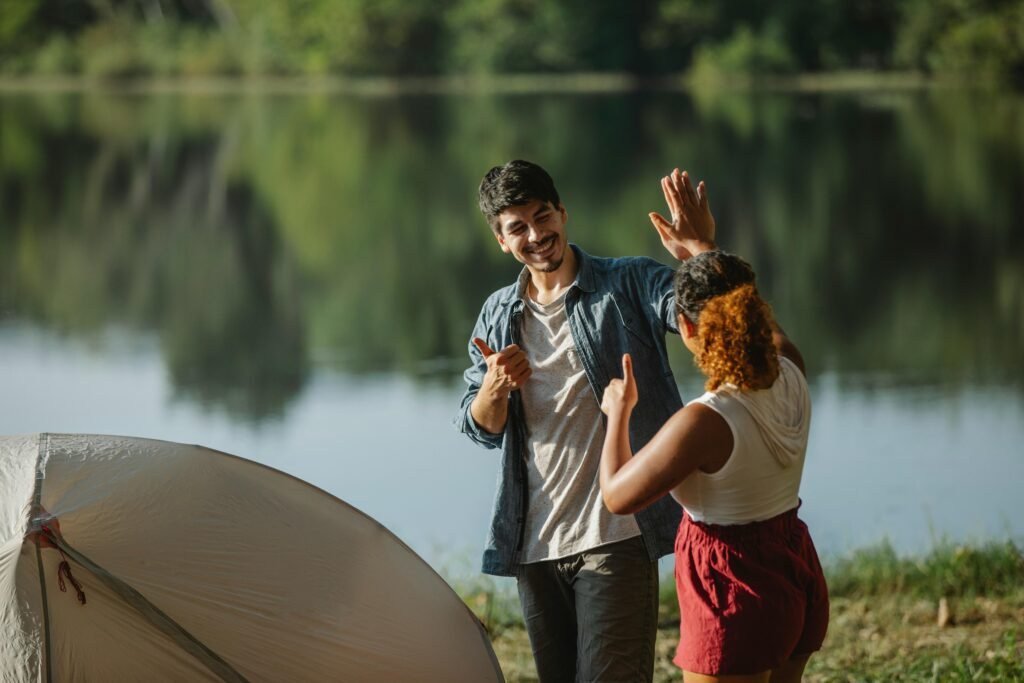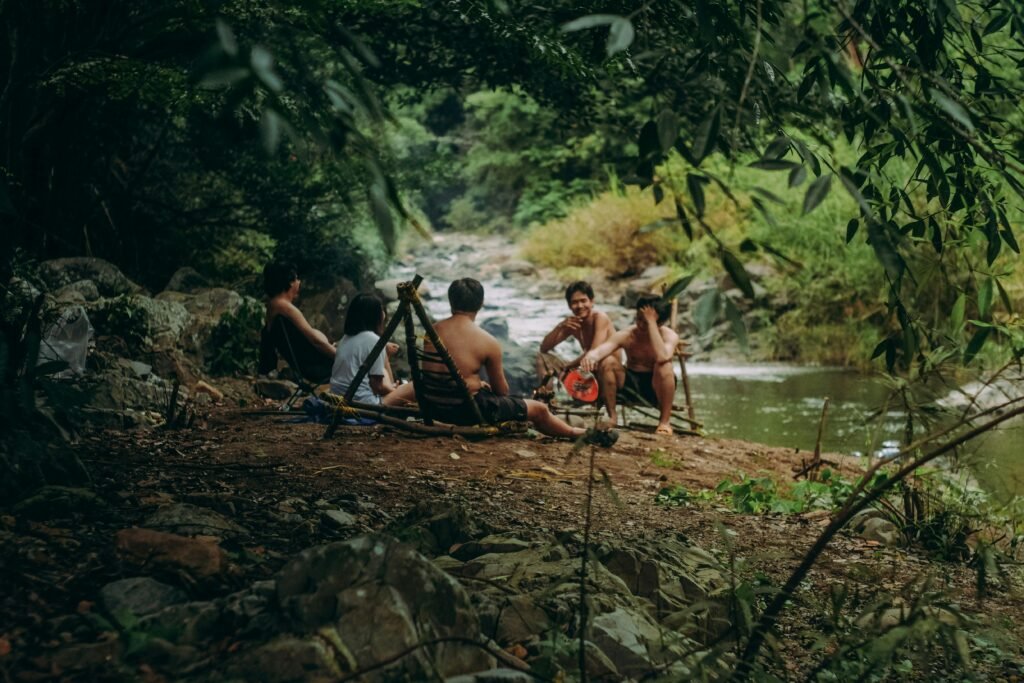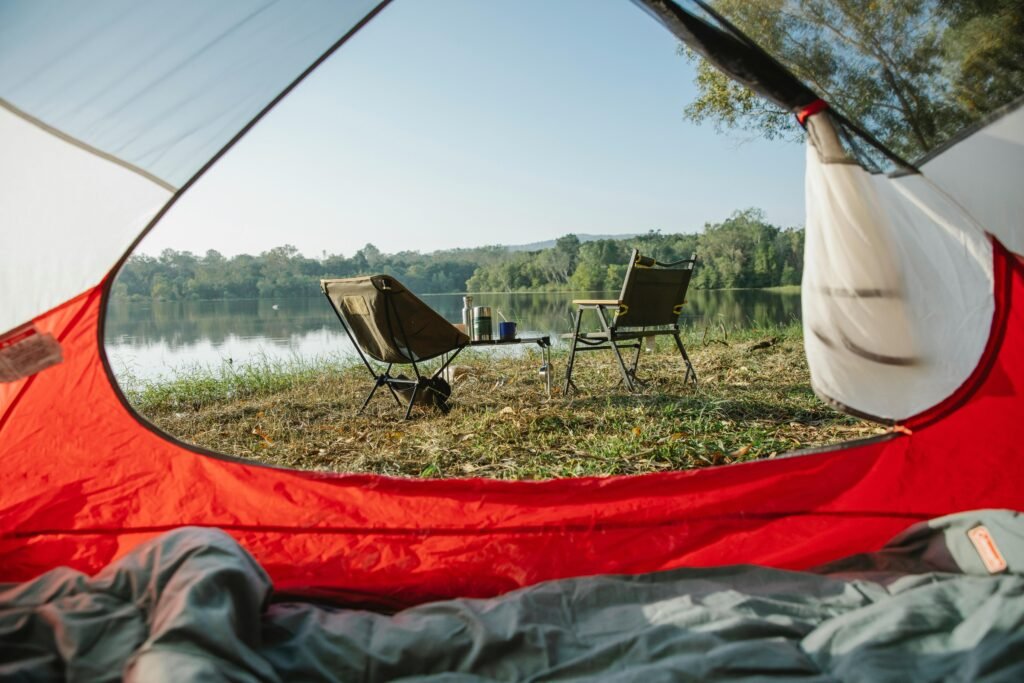Camping offers a great way to relax in nature and create memories with family. However, the efficiency of a campsite is crucial to its success. Every step from finding the perfect spot to organizing your gear is important for a hassle-free camping trip.
Choosing the Right Location
Location is everything when it comes to setting up your camp. Find somewhere flat, dry and away from dangers like dead trees or rough ground. For convenience and safety, think about the proximity of water sources.

Gathering Essential Supplies
Before leaving, ensure all essential supplies are packed. Tents, sleeping bags, cooking utensils, first aid kits and personal requirements should be included in a checklist created for that purpose. Pack items logically so that you can reach them easily.
Setting Up Shelter
When you are out camping your tent becomes your home away from home. Choose your tent according to their sizes as well as their ability to withstand weather condition and ease of pitching them up .This will enable you pitch it quickly at the campsite.
Building a Campfire
A fire adds warmth and gives special atmosphere during camping but only if taken care of properly. Learn how to start one correctly and keep it burning without endangering tents or any other vegetation around.

Organizing Cooking Area
Meal preparation becomes easy when an efficient outdoor kitchen has been set up. Equip your cooking area with necessities such as cookers, cutleries and containers for storing foodstuffs; thus plan meals before beginning this activity as it helps reduce waste during cooking process.
Creating Comfortable Sleeping Arrangements
Having a restful night sleep is vital when going on camping expeditions because this makes the whole experience enjoyable hence choose appropriate sleeping gears according changing weather conditions made by mother nature. One can also maximize comfort levels inside his/her tent through use of either sleeping pads or inflatable mattresses.
Setting Up Lighting
Once darkness sets headlamps lanterns or solar powered lights are necessary for visibility around the campsite.
Managing Waste
It is important to handle waste responsibly when camping in the wilderness. Dispose trash at right locations and use Leave No Trace principles to minimize negative environmental impact.
Safety Measures
First aid kits, emergency contacts and basic first aid procedures should be given priority as safety measures. Take notice of any possible dangers in your vicinity and prevent accidents.
Exploring Surrounding Area
Make good use of what is around you by exploring nearby trails or natural spots. Inform others and bring necessities like maps while hiking safely.
Leave No Trace Principles
This means that they have to take care of flora and fauna, avoid making a lot of noise and leave nature untouched just as it was before their arrival. Being conscious campers will help save environment for future generations coming after them.

Nighttime Routine
Unwind at the end day with a calm evening routine at your campsite. This will also ensure that there are no unwanted visitors such as animals due to food left overs which were poorly kept thus causing bad smell from them.
Enjoying Nature
To truly experience nature, disconnect from technology and let yourself soak in the sights and sounds around you. Don’t forget to look around without any disturbances which come through electronic gadgets.
To ensure a successful outdoor adventure, you need to efficiently set up a camp. This article provides tips on selecting the best camp location, collecting materials for camping, setting shelters and dealing with waste in an eco-friendly way along with guaranteeing one’s safety.



